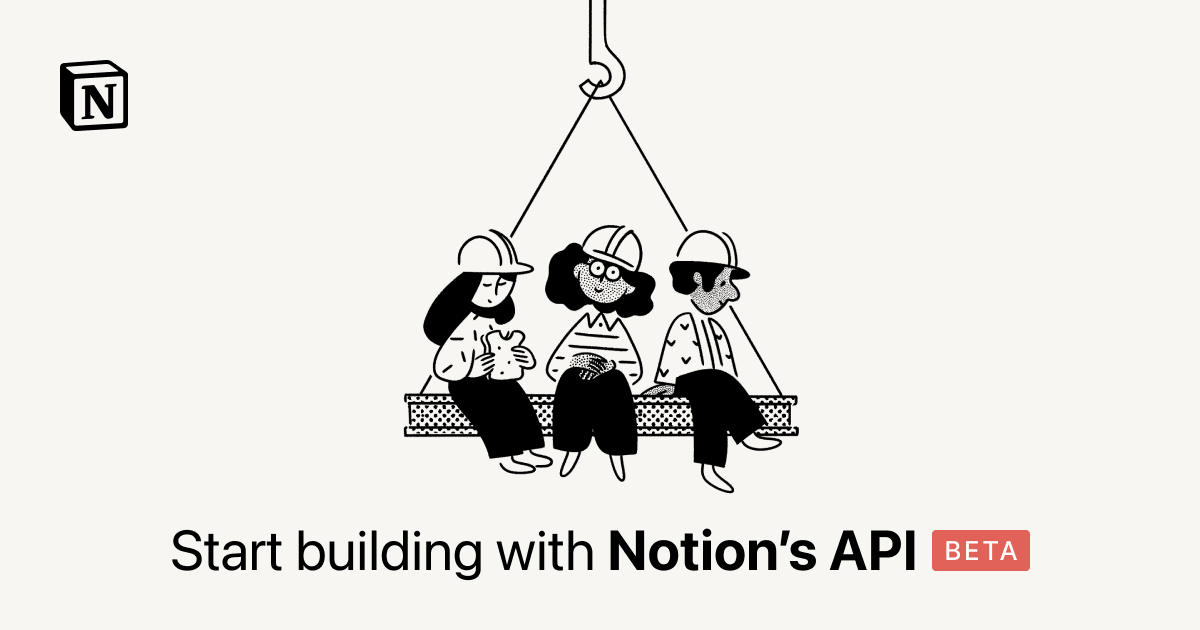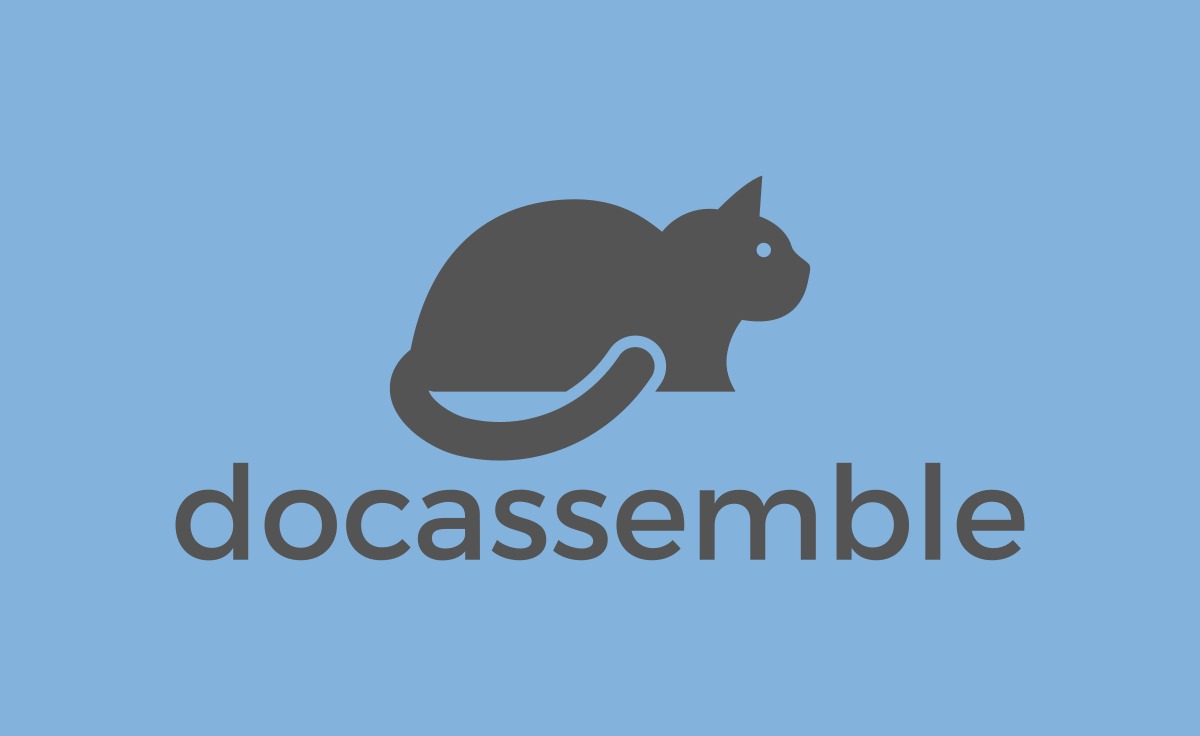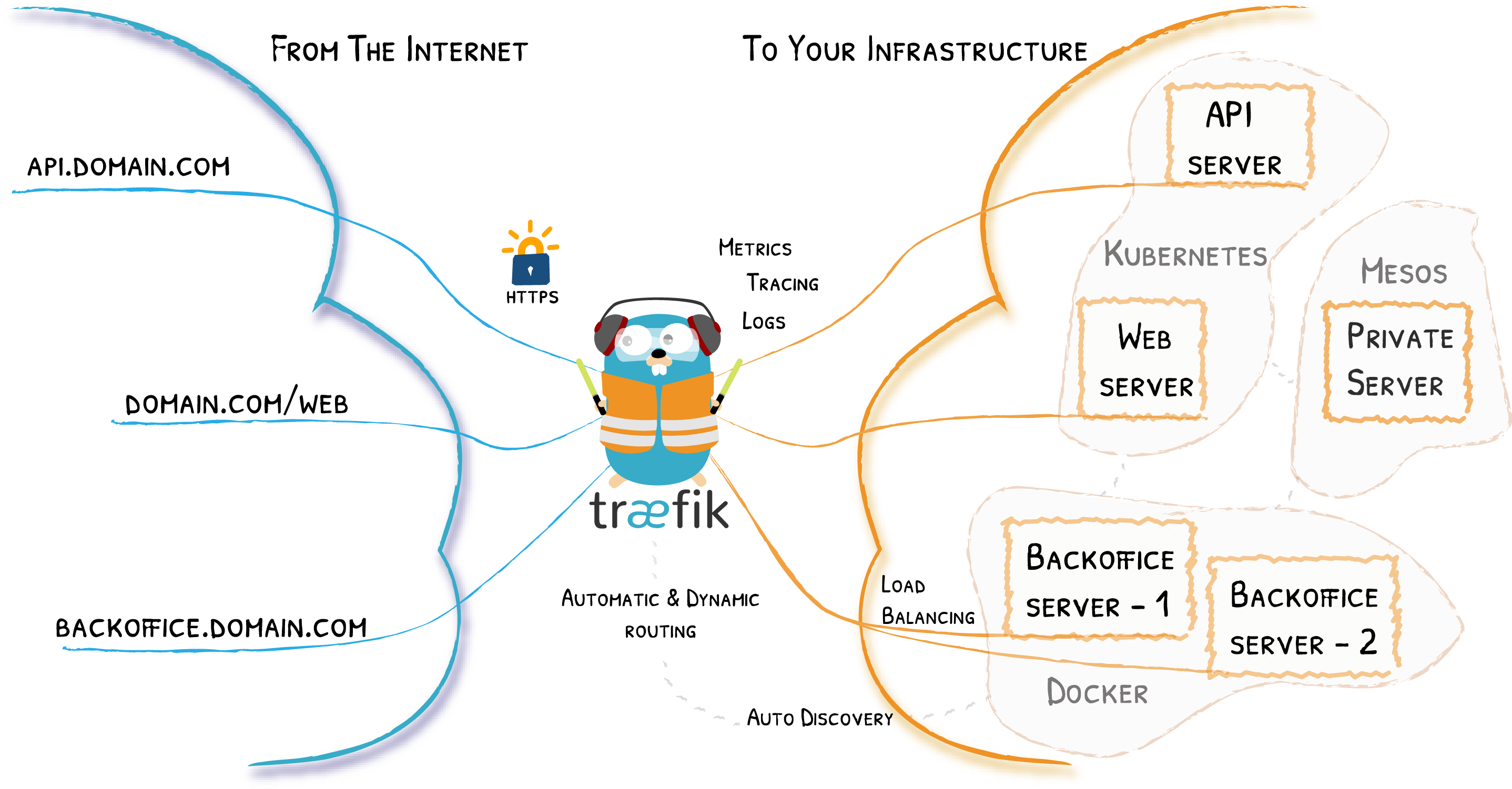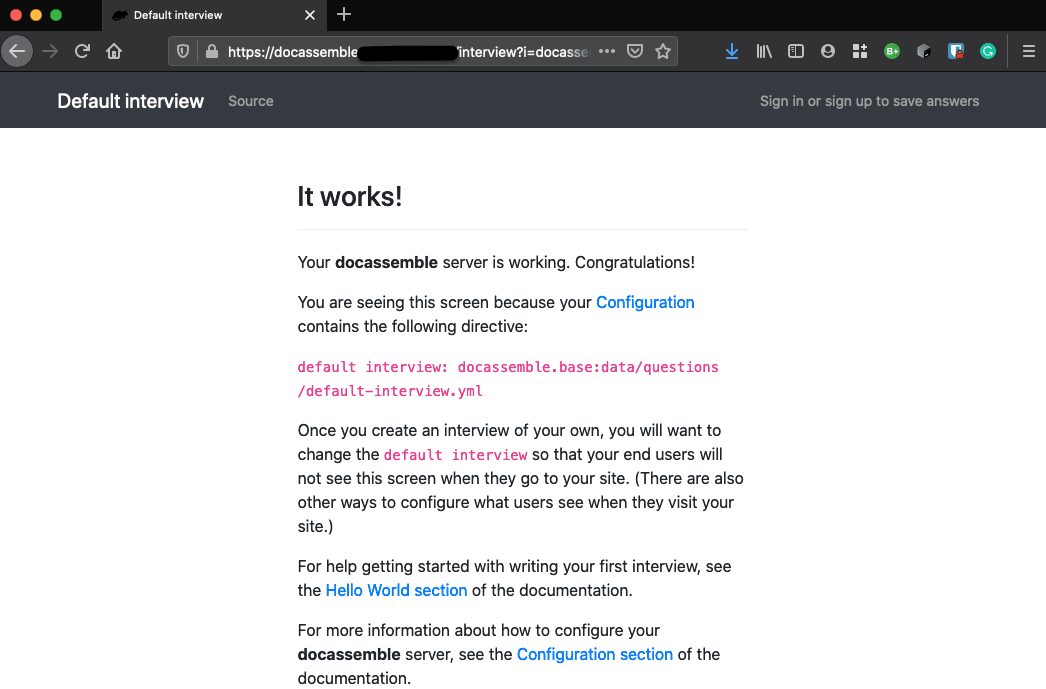Five things I wish I learnt from “Sign Here” by Alex Hamilton
I spent several nights and trips on aeroplanes thinking about how to innovate the contracting process in my company. Though I did do a lot of reading online and offline, it was a lonely journey. I had to separate the puff from the substance and the wheat from the chuff from what I was reading and planning. When I got to action, I realised that having ideas was the easy part; making them work is really tough. Some of that work showed its fruits, but much of it was still unfinished.
Why I would use Excel for my Contract Management SystemHow do I get on this legal technology wave? Where do I even start? A “contract management system” or a “document management system” (“CMS”) is a good place. Business operations are not affected, but the legal department can get their hands dirty and show results for it. If you would![]() Love.Law.Robots.Houfu
Love.Law.Robots.Houfu An early effort. I have mixed views about this post 2 years later.
An early effort. I have mixed views about this post 2 years later.
A tiny book review
At first, I was sceptical about reading another book on the process. ” Sign Here: The enterprise guide to closing contracts quickly “ by Alex Hamilton proved to be different. Alex Hamilton is a founder of Radiant Law, a law firm in the UK that focuses solely on the commercial contract process. They use technology and process improvement to deliver legal services differently. They've been doing it for ten years too, so they are here to stay. I was quite sure I would learn something different from this book.
Unfortunately, the book didn't teach me anything new. Instead, it validated many of my instincts and the conclusion I had reached after pondering the issue for years. That might sound like a nice ending, but I would rather read this from a book than cracking it from some stone and not being sure whether what I had was a real insight or baloney.
So, in short, I recommend the book. It put words to what my instinct and experience were telling me, and I am glad I read it. This is the real deal, in an accessible and practical format that anyone can read.
Sign Here: The enterprise guide to closing contracts quickly : Hamilton, Alex: Amazon.sg: BooksSign Here: The enterprise guide to closing contracts quickly : Hamilton, Alex: Amazon.sg: BooksAlex Hamilton
Let's Pick Five
If you are not convinced yet, here are five lessons from the book. I think they're wise and spoke to my practical experience.
Thing 1: Speed matters when you're making contracts
 Image by Free-Photos from Pixabay
Image by Free-Photos from Pixabay
The legal department is usually viewed as a roadblock. We stop others from making bad mistakes. We are the ones who are going to review the contract you just received from the counterparty. These points are valid, but there's a substantial cost in not acting fast. “Sign Here” raises lost revenue, postponed or even lost value and may even undermine relationships as the cost of delay in the contracting process. “Relationships are indeed being created and grown [as a result of the contract process], but successful relationships are often despite rather than because of the agreement.”
So speed really makes a difference. In my view, there's a customer relationship factor. Your internal customers like to hear a response from you. They can also tell our external customers that they care when they respond quickly.
Thing 2: There is no silver bullet
 Photo by Cody Wingfield on Unsplash
Photo by Cody Wingfield on Unsplash
“Sign Here” proclaims that despite vendors' claims, no single solution would solve all problems in the contracting process. I've always felt sceptical about silver bullet claims. I also felt unsure whether any completely new platform would succeed given its high costs.
There are two facets of real life that make any “silver bullet” difficult:
- You don't live in a vacuum. I found several guerilla systems for contracting in the wild in my company. Expecting messy people to fit into your system would probably be a hard task, and I was not sure I was spending my capital effectively forcing people to like my favourite solution.
- Resources are limited. It's simple. I have no budget, and I am still expected to do my regular work properly. Any innovation used to be nice to have. The amount of work it takes to put in a “silver bullet” solution (if there was such a thing) would have been extremely risky.
So no single solution works. You really have to go in there and figure out a good fit.
Thing 3: Change is a long series of steps
 Image by wendy CORNIQUET from Pixabay
Image by wendy CORNIQUET from Pixabay
Related to the “silver bullet” fascination above is the belief that one solution solves all problems at once. It just doesn't work like that. Even if you had infinite resources and a highly motivated core of customers ready to do your bidding, the solution you have just implemented is not likely to be perfect now or in the future. The time horizon “Sign Here” suggests isn't months or years — it's weeks and then improved again later.
For myself, having users and putting solutions into production meant I had to fix bugs, answer questions and listen to suggestions. With some humility, I realised that these fixes and suggestions made the solution better. It also meant, sadly, that I had to get back to the drawing board.
Corollary to the fact that you will have to revisit your work repeatedly, it also means that you have to learn new things all the time continually. 😰😫
Thing 4: Be Clear and Reasonable
 Photo by Timothy Meinberg on Unsplash
Photo by Timothy Meinberg on Unsplash
Consistent with the aim that contracts are relational rather than transactional, “Sign Here” recommends that terms aim first to be reasonable rather than extract maximum advantage, which is whittled down by mano-a-mano negotiations to something you can live with.
Related to the speed of contracting, clear and reasonable terms means that parties aren't sapped by the energy it takes to reach an agreement. I found internal customers are happy when they aren't fighting pointless battles, and when they don't have to explain to the counterparty or their legal department why our terms are so unfair. It also turns out that business folks aren't blind, and they like to discuss strategic matters that really matter to the deal. That starts with shunting out the stuff that doesn't matter.
Thing 5: Some technologies are more important than others
 Image by Michael Schwarzenberger from Pixabay
Image by Michael Schwarzenberger from Pixabay
I found the hardest issue with implementing change in contracting is what to prioritize. When you have limited time, resources and leadership capital, the changes you emphasize appears to be very significant. Document automation and AI contract review sound cool, while other less glorious things like storage systems and helpdesks also seem important.
One of the best parts about “Sign Here” is that it sets out a list of technologies you should focus on and why. Conversely, it also highlights technologies that you might hear about, but also their not-so-discussed limitations. It's one of the most fun parts of the book, so I won't spoil it for you.
Instead, I'd highlight the most important technologies that I thought were. It broadly matches the insights from the book.
- Document template automation (Docassemble)
- e-Signature (we just implemented DocuSign)
- Intake system (I'm working on it)
- Knowledge system (Probably try and perfect the SharePoint site we now have)
docassemble – Love.Law.Robots.![]() Love.Law.Robots.
Love.Law.Robots. Some of my posts on this blog on docassemble.
Some of my posts on this blog on docassemble.
Conclusion
Buy the book!
#BookReview #LegalTech #Contracts #ContractManagementSystem #docassemble #E-signature #Law

- Discuss... this Post
- If you found this post useful, or like my work, a tip is always appreciated:
- Follow this blog on the Fediverse [Enter the blog's address in Mastodon's search accounts function]
- Contact me:


 Notion
Notion











 I would like to thank my...
I would like to thank my...